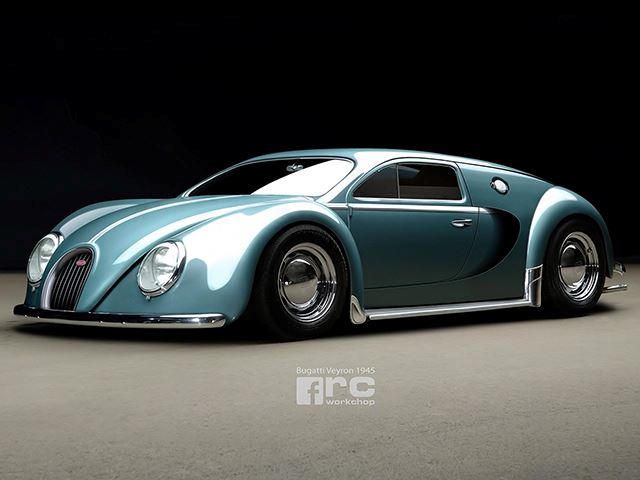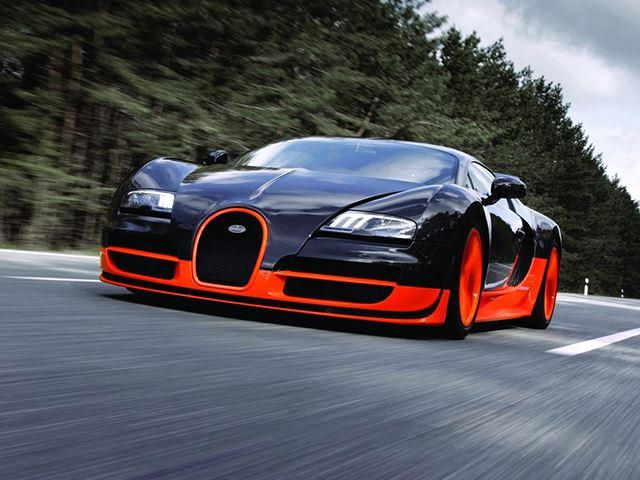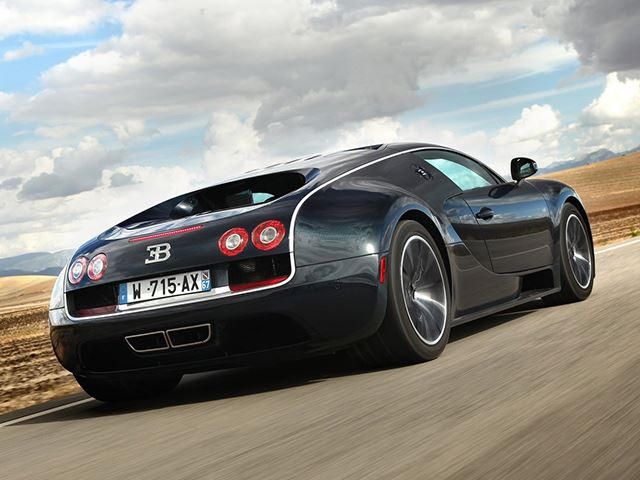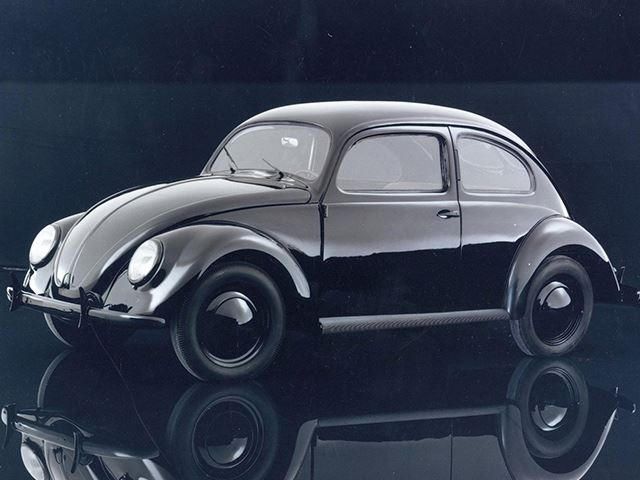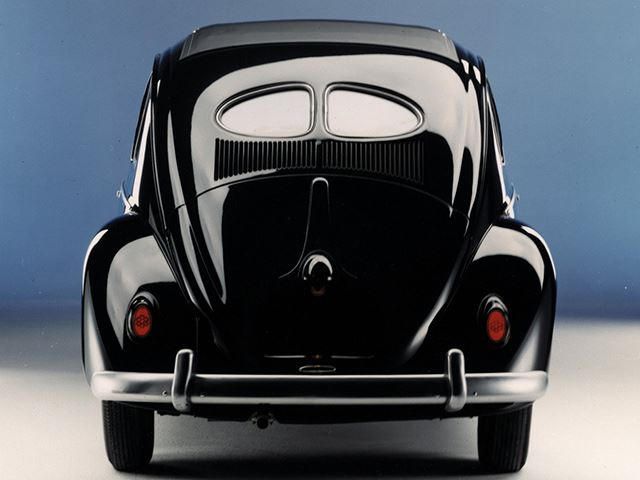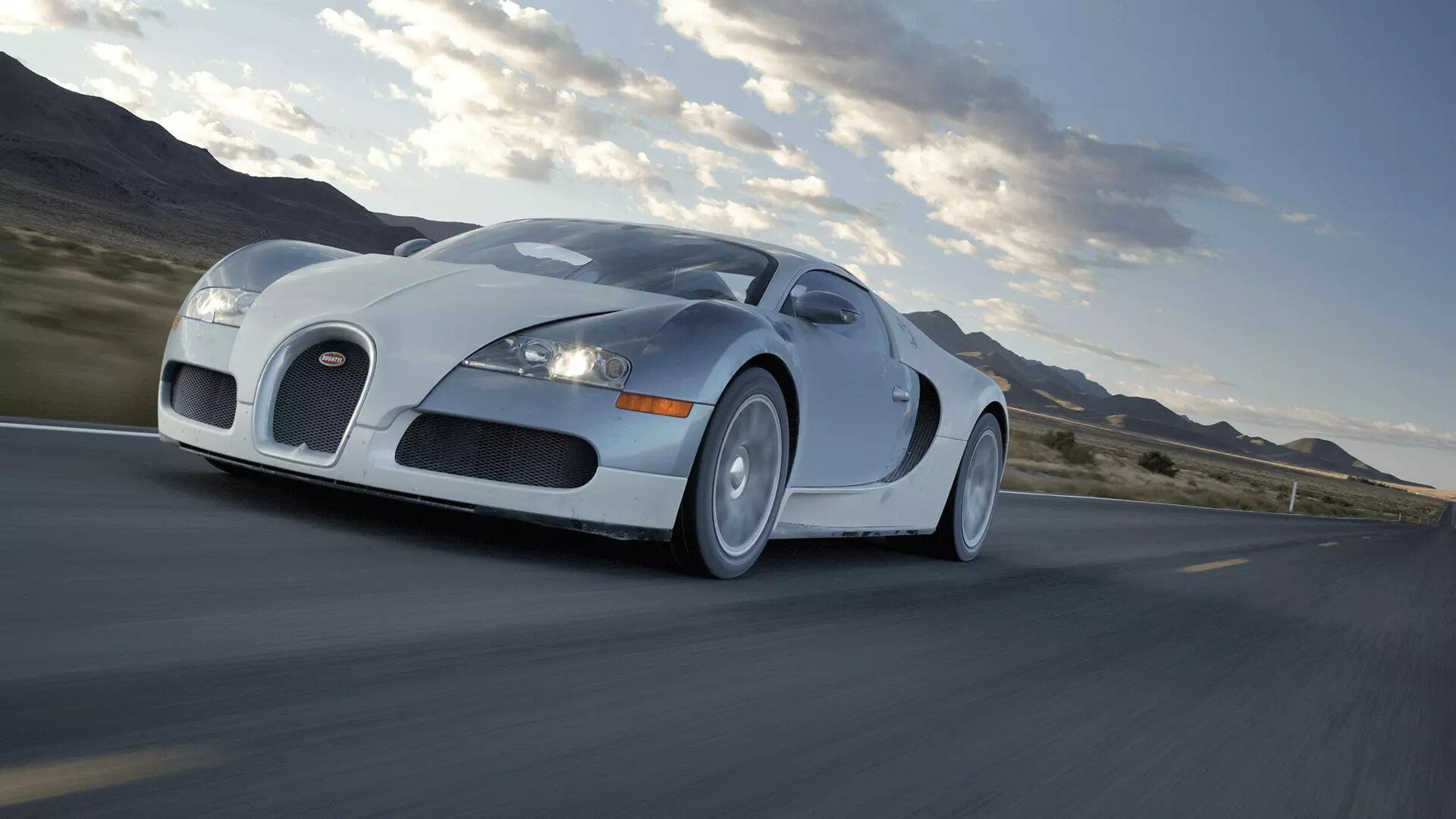
The iconic Volkswagen Beetle is perhaps the best thing Volkswagen is known for. Not even Dieselgate could touch the image the little car bestowed upon the company because if Volkswagen could rid itself of its historic ties to the Nazi party, then no scandal would be able to undo its success. That being said, only a few of its cars are reminiscent of the original Beetle, those being the new Beetle and, in some respects, the Porsche 911. However, there's something about the Bugatti Veyron's shape that could also sing the Beetle tune.
We aren't the only ones to think so because rendering artist RC-Workchop has just conjured up an image of what we could expect the Bugatti Veyron to look like if it were built in 1945 and we have to admit, this rendering brings out the Beetle DNA baked inside the Veyron. In reality, the Bugatti Veyron was styled by borrowing heavy cues from the 18/3 Chiron Concept, which was shaped to be as aerodynamic as possible for top speed runs. That means that any resemblance the Veyron had to the Beetle is either pure coincidence or indicative of how far ahead of the curve the Beetle was for its time. In this rendering, the front fenders and large round headlights are the biggest nod to the Beetle.
Subtler cues include the chrome-colored bumper up front, rounded roofline, and classic solid wheels. It's hard to tell from the way the retro Veyron is angled but the rear end seems to be a bit too short to fit an 8.0-liter quad-turbo W16 engine inside. Then again, the fastest car during that era was the Jaguar XK120, which had a top speed of 126 mph and attained it by using a twin-cam engine, an anomaly in those days. It wasn't until 1987 that a turbocharged car made it onto the list of fastest production cars when the Ferrari F40 was crowned. After that, every car that followed, with the exception of the McLaren F1, featured the technology with notable appearances from the SCC Aero, Hennessey Venom GT, and of course, the Bugatti Veyron.

